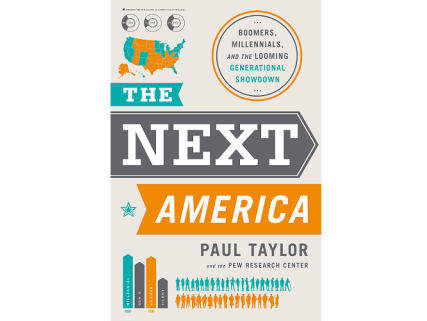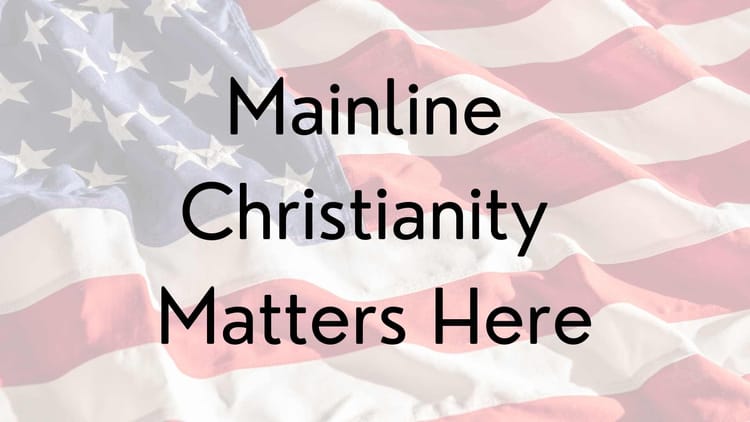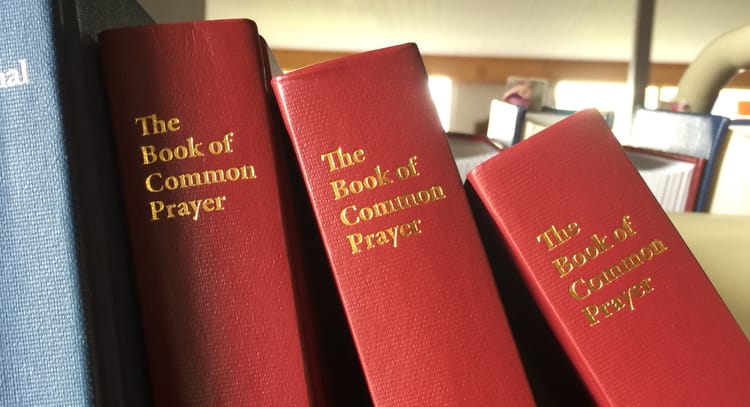Next America 9: Engaging (Millennial) “Nones”

If you discovered this blog through the e-Formation posts, welcome! I’ll be writing more about faith formation in the 21st century later this summer.
This post is part of an ongoing series summarizing and reflecting on The Next America: Boomers, Millennials, and the Looming Generational Showdown

from the perspective of an Episcopal priest. For a schedule of upcoming posts, click here. For the complete series, click here.
Section Summary
If you’re paying attention to Pew Forum surveys on trends in religious life, chapter 9 of The Next America: Boomers, Millennials, and the Looming Generational Showdown doesn’t have a lot of new information. And if you’re reading this blog, you’ve probably been paying attention. Here’s the no-surprises chapter summary (in a new Q&A format – I’m experimenting!):
What are the trends in religious life today?
- More than half of all Americans leave their childhood religion for a different religious affiliation; only 9% return to the faith of their family of origin.
- What’s new is the recent, significant rise of the “nones:” people who claim no religious affiliation at all.
- White evangelical and mainline Protestant religions are losing adherents; numbers of adherents in Roman Catholic and minority Protestant denominations are relatively stable.
- In 2012, a third of adults under 30 and a fifth of the general public were religiously unaffiliated.
How do these trends play out generationally?
- Americans born in recent decades are much less likely than their elders to have attended religious services weekly at age 12.
- Today’s young adults are much more likely than previous generations to be unaffiliated while under 30.
- Silent and Greatest generations continue to have strong patterns of religious affiliation. Boomers and Generation Xers have become less affiliated. Millennials are the least affiliated generation.
What do the “nones” believe?
- Two-thirds of the religiously unaffiliated believe in God.
- Personal prayer is as important to the same percentage of people as it was 25 years ago.
- The decline is in the perceived importance of participation in corporate worship and a community of faith.
Who are the “nones”?
- The growth of the unaffiliated is mostly among people who are already at the low end of the religiosity spectrum. In the past, cultural expectations would have led them to declare an affiliation; now they are comfortable without one.
- The disaffiliated, by and large, are white. The share of blacks and Hispanics who are religiously unaffiliated has not changed significantly in recent years.
- Large majorities of the disaffiliated believe that religions play positive roles in society: strengthening community bonds and serving the poor. However, even larger majorities say they are not seeking a religious affiliation personally.
- The disaffiliated are heavily Democratic and form a growing share of the Democratic party’s electoral base.
Why are there so many more “nones” today?
- There are four leading theories about unaffiliation: 1) it’s a backlash because religion has become too entangled with politics; 2) it’s linked to delays in marriage; 3) it’s linked to broader trends away from social engagement; 4) economically developed societies trend toward secularization.
- The churn in religious life can also be traced to theological tolerance: Americans overall believe there are many paths to eternal life.
- Religiously unaffiliated people overwhelmingly say they consider religious organizations to be overly focused on money, power, rules and politics.
Here’s the critical quote (p. 137, emphasis added) for readers of this blog:
The fact that “nones” are on the rise indicates that religious institutions have some work to do.”
Churchwork Reflections
Everyone in mainline religious leadership today is familiar with the overall trends described in this chapter. Usually, we’re painfully familiar with them. We lead worship in congregations that skew older than the average population. We notice that families are too often torn between multiple priorities on Sunday mornings. We wonder what we should be doing differently: more social media? more emulating of Pope Francis? new online formation opportunities?
Too often, the conversation ends there. Religious leaders are more comfortable wringing our hands than strategically reallocating our resources. Change is costly.
Consider the Episcopal Church, my beloved spiritual home. On the churchwide level, we budget by the triennium, a three-year period. We last passed a budget in 2012 for 2012-2015. Let us be clear: the trends described in this chapter were perfectly evident in 2012.
Yet of the $111.5 million in the current budget, only $2.9M is provided for all lifelong formation and vocation ministries (line 71). Only $300K is specifically for campus/young adult ministries (line 67). There is also $1.2M for the Episcopal Service Corps and similar programs (lines 79 and 81). Taking out staff and networking costs (which are lumped into larger line items) this basically means that the Episcopal Church is only spending 1.3% of our churchwide resources on engaging the Millennial generation, the least religiously engaged generation in recent history.
The result of these scanty resources is evident in the recent campus and young adult ministry grant announcement. 53 projects were proposed; just 14 were funded. Why so few? Because that’s all the money there was: only $100K was allocated by General Convention for this grant program in this fiscal year.
Full disclosure: On behalf of our diocese, I submitted one of the grants that was approved. My notification letter informed me that funding all the projects that were proposed would have cost more than $800,000. That’s eight times the allocated amount.
What would happen in the next triennium if we funded grants for campus and young adult ministry with $1.5 million instead of $300K? Based on current indicators, the church can come up with $500K worth of good ideas to engage young adults every year. That’s not enough to move the needle on religious engagement nationally, but it’s a step in the right direction. And we would still be spending less than 5% of our budget for ministry with more than 10% of the population. It could even be argued that this is the 10% that most needs to hear from the church.
Every indication is that America will continue to deliver a steady stream of unaffiliated young adults. These young adults, like young adults in every time and place, will face human mortality. They will have ethical quandaries. They will feel awe as they behold the created world and they will be deeply disturbed as they uncover injustice. But in unprecedented numbers, they won’t have a religion.
Religion exists to connect human beings to their Creator and to all the generations who have worshiped God and sought to do God’s work in the world. Religion isn’t an optional extracurricular; it’s the foundation of a meaningful life. The fact that so many young adults think otherwise is not their fault but ours; too often, we have failed in forming families of faith and we have failed to prioritize mission and ministry with the Millennial generation. “Religious institutions have some work to do.”
As a former “none” myself, I know that much of my earlier distaste for religion was based on lack of information. The burden of sharing the good news is on the church. It’s time to confess our failures and begin again, because our Lord forgives and the Spirit empowers us for ministry.
(I’m sure there are ways to engage older “nones” as well – they just aren’t as clear to me and there isn’t a specific line-item I can point to in our budget. The fact that we don’t have a clear line-item for evangelism speaks volumes! So, even though I would love to lay out some simple steps to engage older “nones,” I don’t have great suggestions. Do you have ideas? I’d love to hear them in the comments.)
From Reflection to Action
Apart for lobbying for increased attention and resources for campus and young adult ministry, I’m continuing to ponder the ideas for e-Formation that I floated last week. I’m amazed to report that the post with my radical thoughts on Christian formation was read more than a thousand times in ten days. It’s definitely the winning post for the year on the blog, which indicates that there’s interest in the questions being raised.
I’m working to develop some pilot projects to test new ways forward. I don’t have anything to announce yet, but stay tuned. Enabling children and youth to lay the foundation for a life of faith with their families is a long-term ministry strategy that I’m excited to be exploring. If you are interested in the ideas I raised (a parent network for faith formation at home, and gamification for demonstration of content mastery), I’d love to hear from you.
What do you think the church is called to do to engage the disaffiliated and the never-affiliated?
What are you doing where you are?





Member discussion